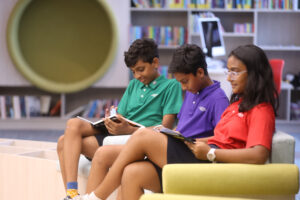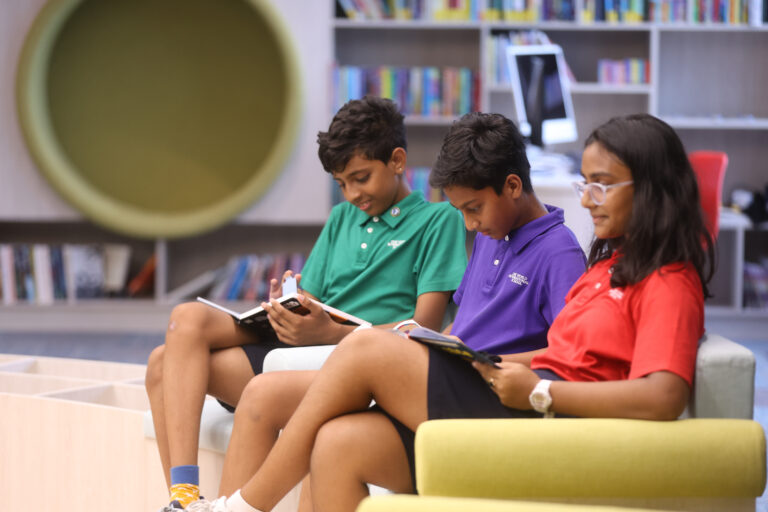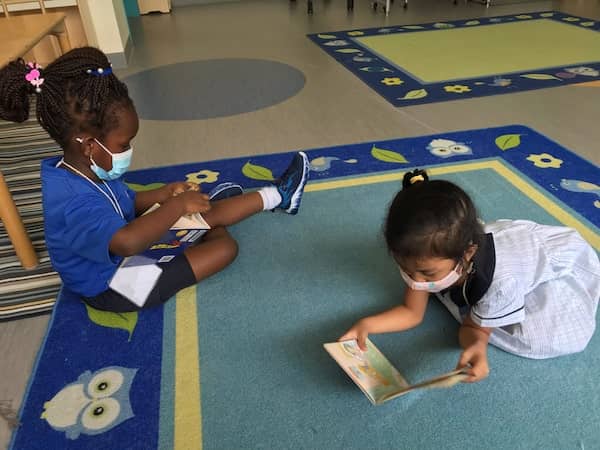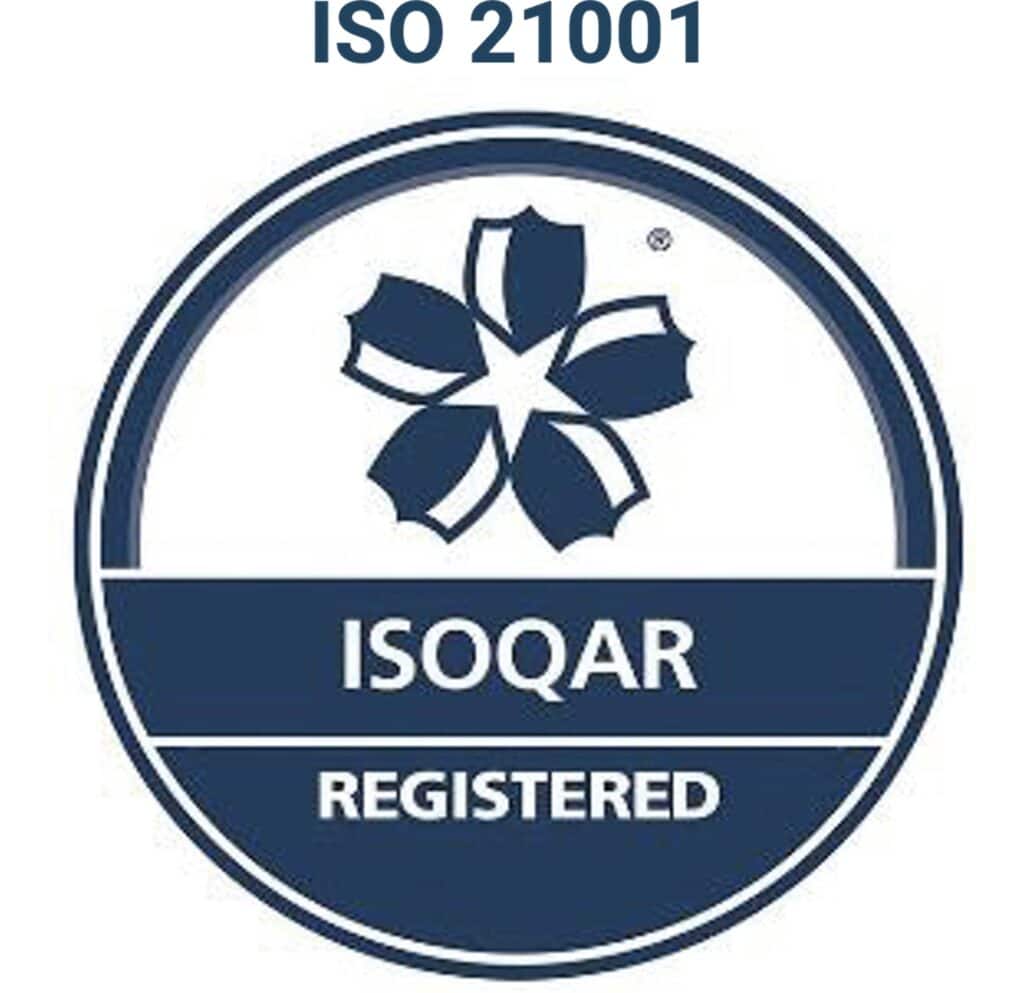Art class is so much more than just learning to draw a shapely line and studying the position of colours on the colour wheel, especially for young, developing minds. For many children, art is a tool that fosters critical-thinking skills and aids in problem-solving. Exploration, experimentation and reasoning all play huge roles in a quality art curriculum, and all are skills that benefit children as they grow and progress. This is the premise behind the Arts Programme at One World International School.

Art opens a child’s mind in different ways to that of maths or science. It teaches them to be creative problem solvers and inquisitive thinkers. It helps them to develop practical skills and improve their dexterity. It also teaches them to understand how different subjects integrate together; for instance science comes into play when mixing different colours of paint. Partaking in art activities can also give children the much needed relaxation time, away from their more academic studies. It encourages them to try new things, to experiment and to analyse when things may not quite go the way they expected. While not always a mandatory part of a students curriculum, OWIS believes it’s an important part of their overall development not to be overlooked.
Art Improves Academic Performance
For example, certain techniques such as calligraphy or ink painting are more prevalent in countries such as Japan than the UK. Art expands a student’s world, making it bigger, friendlier and more accessible. It can also spark a passion which could open doors for their future. Some children may naturally lean towards the arts than more academic study. It is so important to allow children to have a well rounded educational experience in order for them to develop holistically.

Art Impacts Social and Emotional Development
Participating in group activities such as theatre, art festivals and art shows not only helps children develop a healthy sense of self-esteem, it also cultivates social skills. Students learn appropriate ways to interact with peers, with parents, and with audiences and school personnel. They form friendships and learn the basics of teamwork. They learn to utilise each others’ skills for the greater goal. For instance, if someone is not confident at acting on stage but is extremely skilled at art, they may choose to take on the role of set designer. This teaches children to work as a team, harnessing each others’ skills and integrating them together to create something amazing.
Additionally, art has a positive impact on the brain. According to the American Association for the Advancement of Science, individuals who study and practice art show better memory skills, are more keen observers, and have a more developed sense of embodied cognition — the ability to imagine oneself inside a static scene such as an oil painting. Art is also renowned as an amazing stress reliever. By taking time out to do artwork in whatever form, children are able to spend time relaxing and can journey to another emotional and creative space in their minds.
The Art Programme at OWIS
One World International School strives to provide an environment in which our children can flourish and explore. Students exhibit a high level of engagement, from art appreciation through the planning and creation of their own works of art. From visualisation to creation, our students hone their skills, working with various wet and dry materials, digital art and 3D sculpture. They have the opportunity to try out a range of art forms and to develop their skills through practical experiences. In return, they learn to think creatively, to question the world around them and to be confident in who they are.
Additionally, OWIS students have ample opportunities to showcase and exhibit their art works, whether participating in a drama or taking part in an art show, children enrolled in the arts at OWIS become well-rounded, confident students. We are able to offer an amazing space within our school with separate art areas and spacious classrooms, enabling children to present their skills and art work to their families.
A quality education that embraces the arts is a cornerstone for every successful student. Contact us today to know more.
(This blog was originally written in collaboration with Ms Malathi Therunavukarasu, former Art Teacher, OWIS Nanyang.)














